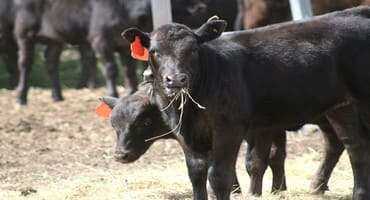
The results of calving time can be the main factor that dictates the operation’s profit and loss margins for the year. While Mother Nature can attempt to have her say in the results of your calving season, there are many actions you can take to limit her effect on your herd.
Herd health plan. A couple of months before calving is a great time to work with your veterinarian to review or develop a herd health plan. Some vaccines can allow for the development of immunity in the cow that can be passed to her newborn calf in the colostrum. Discuss with your veterinarian the diseases that are prevalent on your farm and in the area, and the age of calves when a disease will potentially occur to determine the best vaccine program for you. Check with your vet on the ideal time to booster vaccinations of this type before calving so colostral antibody levels peak while the cow is making colostrum.
Cow and heifer nutrition. Nutrition during the last trimester of pregnancy, and especially the last 50 to 60 days prior to calving, is important. Heifers and young cows who are still growing themselves while also growing a calf inside them are the most vulnerable during this time. Additionally, adequate body condition is important, as it influences stamina during calving, colostrum quality and calf vigor, along with cows’ subsequent rebreeding. Monitor animal body condition scores to assess if nutrition needs are met.
Facilities. Examine gates, pens, alleys and head catches to determine if they are functioning properly, and fix or replace items as needed. Ensure that you have adequate lighting in case you need to assist with calving in the dark. Have a plan in place to provide a windbreak along with a clean, dry environment. Wet, muddy or snowy conditions are stressful on both cows and calves, and can result in environments that support the spread of disease.
Additionally, have a plan for cold calves. Calves born during cold, wet conditions can quickly succumb to hypothermia. Have facilities, tools and supplies on hand to deal with this type of event. For mild hypothermia (body temperature between 94 and 100 degrees F), giving a calf warm, body-temperature colostrum or colostrum replacement products along with drying the calf off with towels and warm air can quickly bring its temperature back to normal. For extreme hypothermia, a combination of warm colostrum with a warm bath can be used. Calves should be dry and alert with a normal body temperature before being returned to their mother.
Find a secure, dry and convent location to house calving supplies. Good things to have on hand include plastic sleeves, obstetrical lube, obstetrical chains or straps, calf puller, colostrum or colostrum replacement product, esophageal feeders, calf feeding bottles, halters and ropes. Additionally, test flashlights and spotlights to make sure they are working.
Complete these simple steps before calving to ensure successful. These actions can additionally help to reduce your stress in this critical stage of production, as you will be prepared for any emergencies.
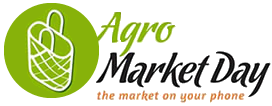

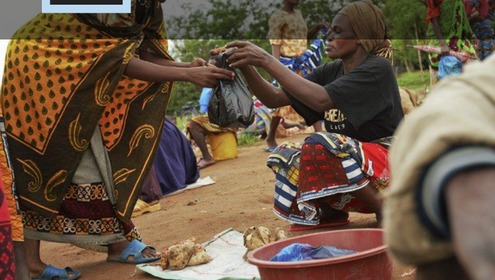
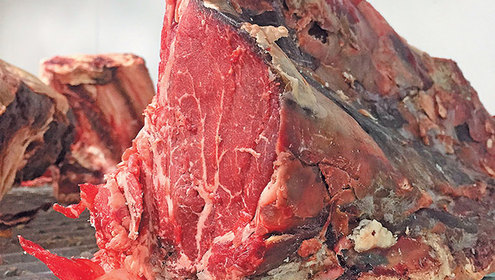



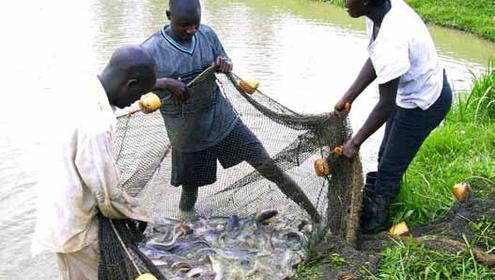


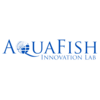

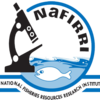
Comments (0)
Login or Register to add a comment